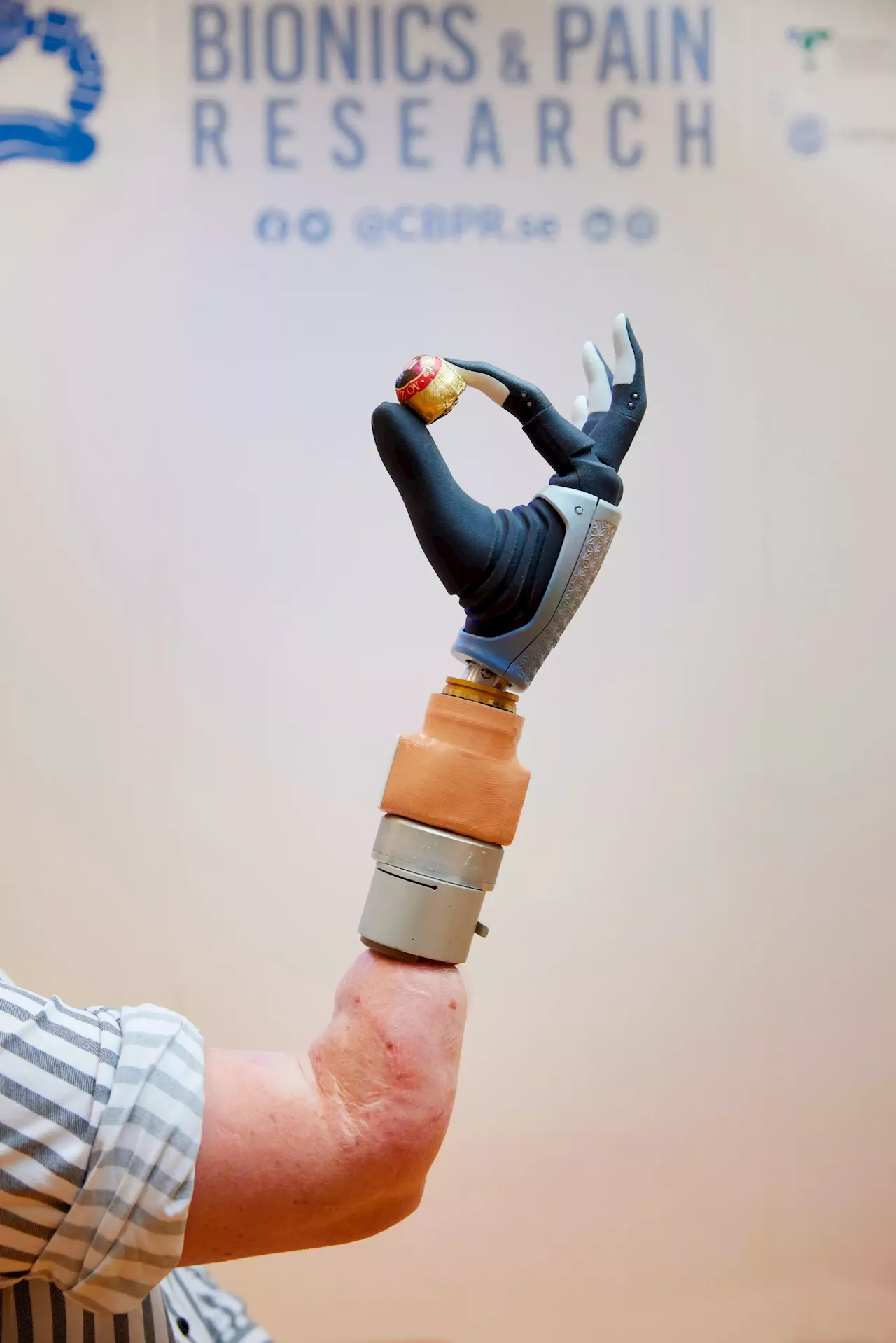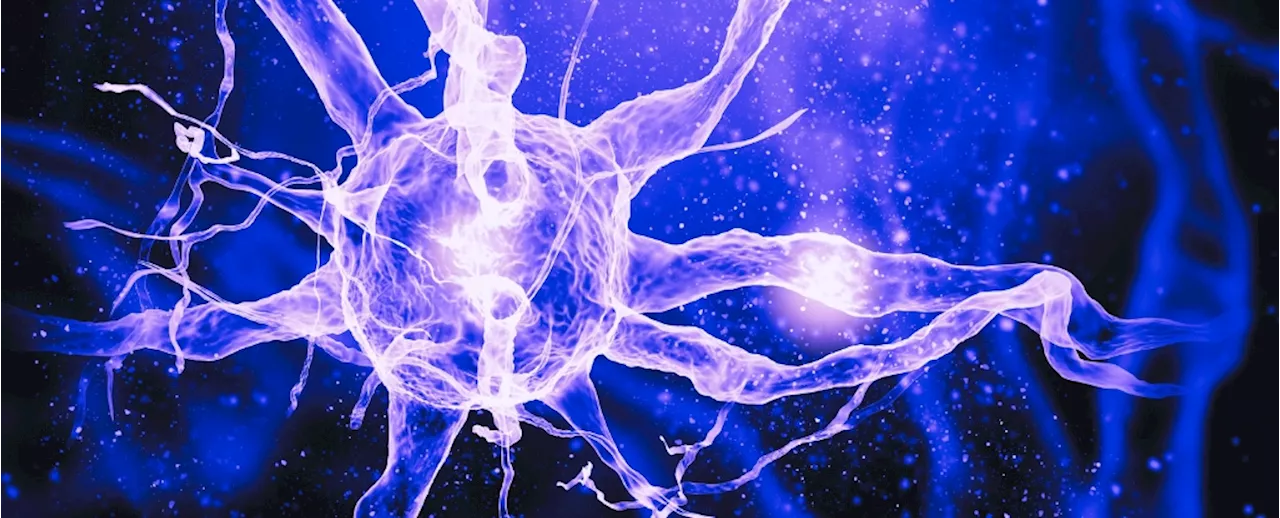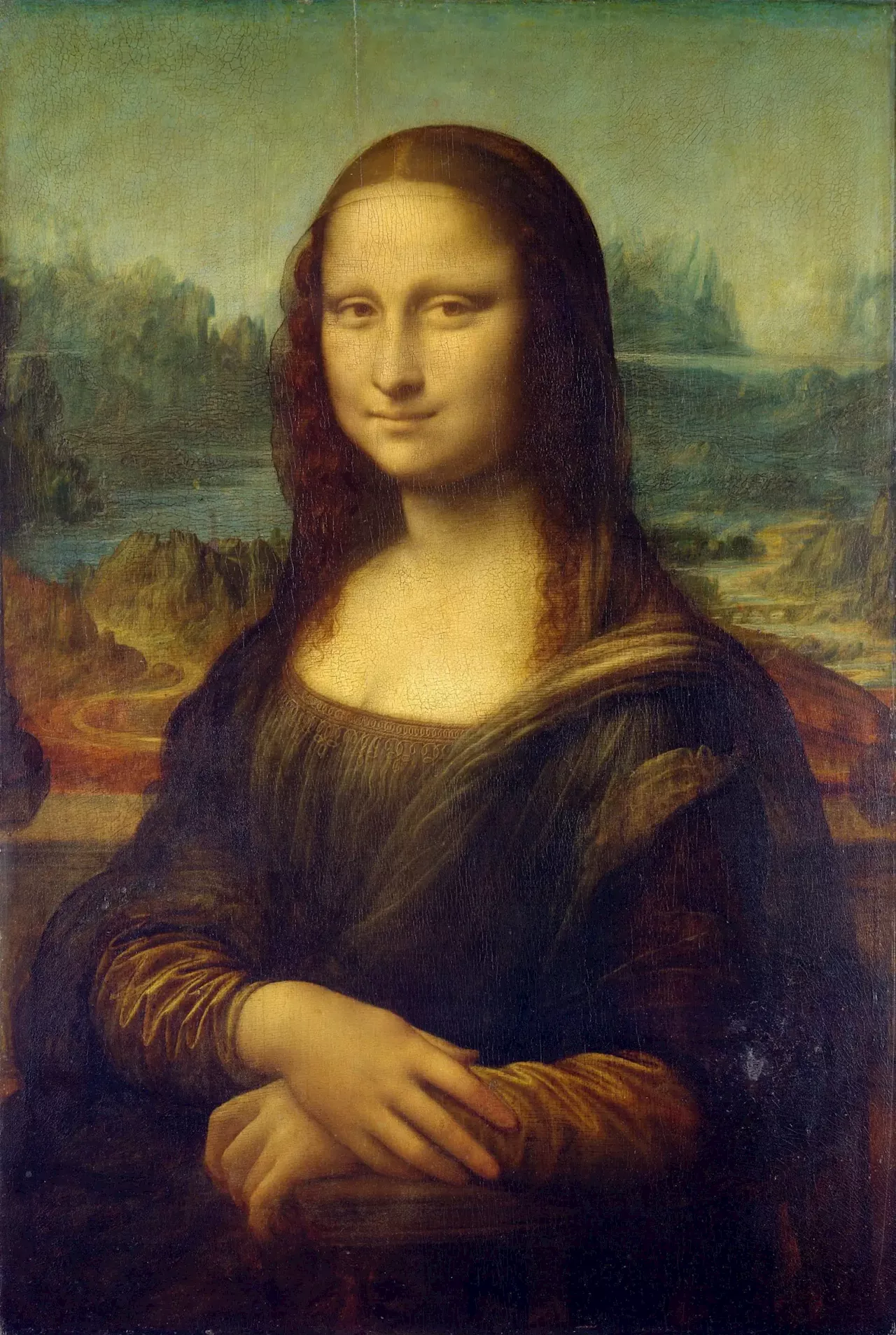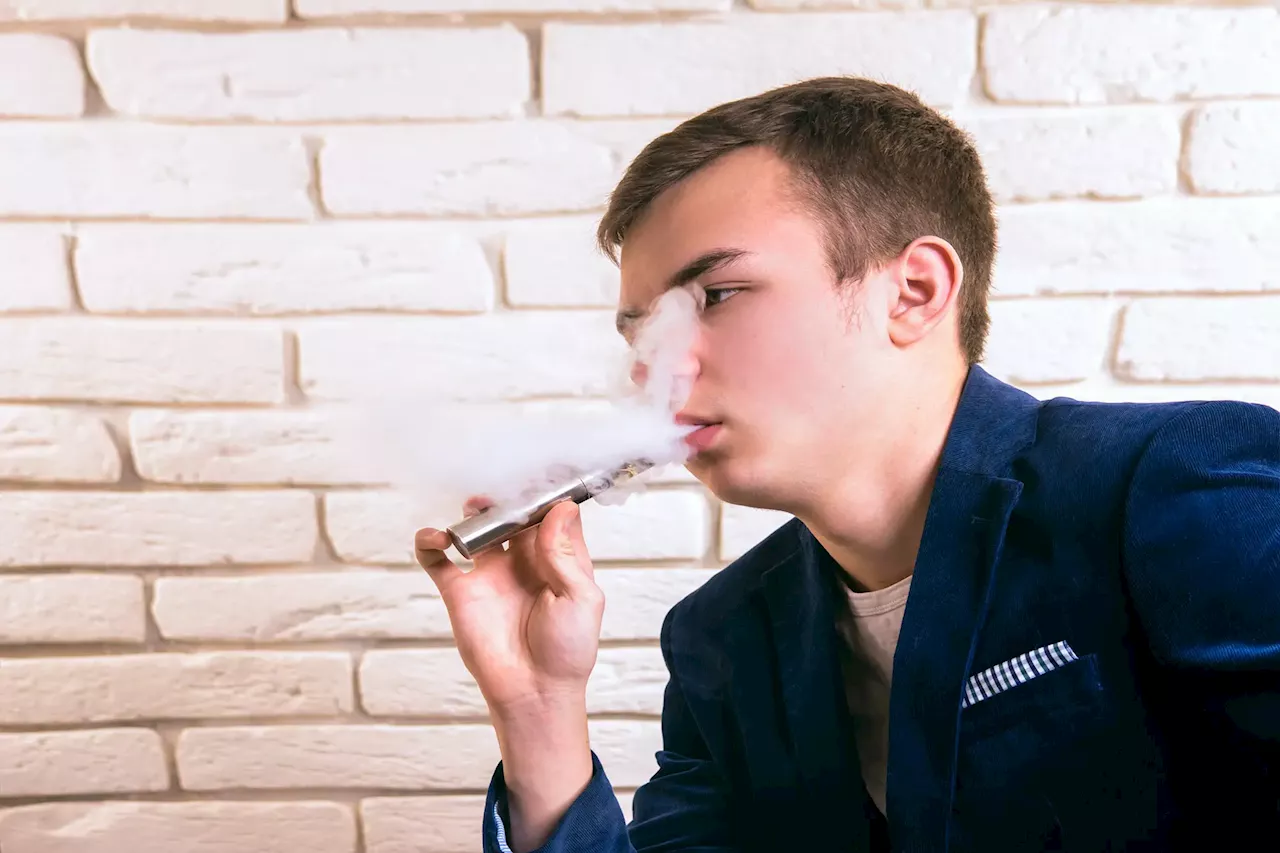The findings may one day pave the way for scientists to design treatments that allow these phases of brain development to proceed unimpaired
Reviews and recommendations are unbiased and products are independently selected. Postmedia may earn an affiliate commission from purchases made through links on this page.
“What’s really cool about this paper is that autism is a collection of different behaviours, but we don’t have understanding of how those behaviours are connected to differences in the brain,” said James McPartland, a professor of child psychiatry and psychology at the Yale School of Medicine, who was not involved in the study.
Often, scientists can instead learn the role an individual gene plays by observing what happens when that gene is knocked out of cells in a lab dish. But knocking out 425 genes one by one is time-consuming.For their study, Pasca and his colleagues used a technique they developed six years ago that allowed them to test all 425 genes at once. They engineered the cells so that only those nerve cells that inhibit others from firing would cast a green glow.
This was all the more remarkable because in living brains, the region of the subpallium that makes interneurons is not right next to the cerebral cortex, but is inches away, Pasca said. Using the fused clumps of cells, the researchers “performed by far the largest screen for autism and genes,” Guo-li Ming, a professor in the departments of neuroscience and psychiatry at the University of Pennsylvania, wrote in an email commenting on the study.
And genes alone cannot account for autism, said Yale’s McPartland. “It’s complicated, and it’s fascinating. You can have identical twins and they almost always will both have autism. But not always.”
Canada Latest News, Canada Headlines
Similar News:You can also read news stories similar to this one that we have collected from other news sources.
 – Scientists Develop Bionic Hand That Merges With User’s Nervous and Skeletal SystemsScience, Space and Technology News 2023
– Scientists Develop Bionic Hand That Merges With User’s Nervous and Skeletal SystemsScience, Space and Technology News 2023
Read more »
 Scientists Are Trying to Clone Des Linden’s HeartTheo Kahler is the news editor for Runner’s World. He is a former all-conference collegiate runner who’s based in Easton, PA. Previously, he worked as the newsletters editor at Runner's World, Bicycling, and Popular Mechanics.
Scientists Are Trying to Clone Des Linden’s HeartTheo Kahler is the news editor for Runner’s World. He is a former all-conference collegiate runner who’s based in Easton, PA. Previously, he worked as the newsletters editor at Runner's World, Bicycling, and Popular Mechanics.
Read more »
 Scientists Discover Way To Reduce Bias in ChildrenScience, Space and Technology News 2023
Scientists Discover Way To Reduce Bias in ChildrenScience, Space and Technology News 2023
Read more »
 This Protein May Protect Against Alzheimer's, Scientists SayThe Best in Science News and Amazing Breakthroughs
This Protein May Protect Against Alzheimer's, Scientists SayThe Best in Science News and Amazing Breakthroughs
Read more »
 – Scientists Discover Toxic Pigments Hidden in the Mona LisaScience, Space and Technology News 2023
– Scientists Discover Toxic Pigments Hidden in the Mona LisaScience, Space and Technology News 2023
Read more »
 Vaping and Chronic Stress: Scientists Discover Worrisome ConnectionScience, Space and Technology News 2023
Vaping and Chronic Stress: Scientists Discover Worrisome ConnectionScience, Space and Technology News 2023
Read more »
